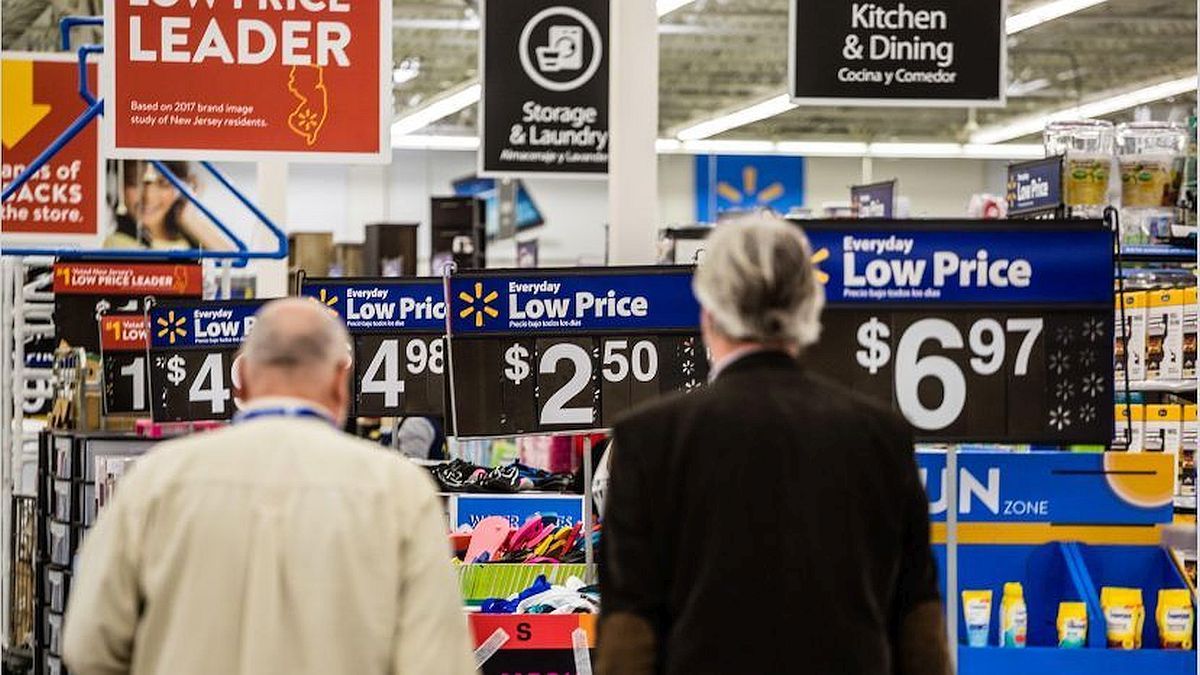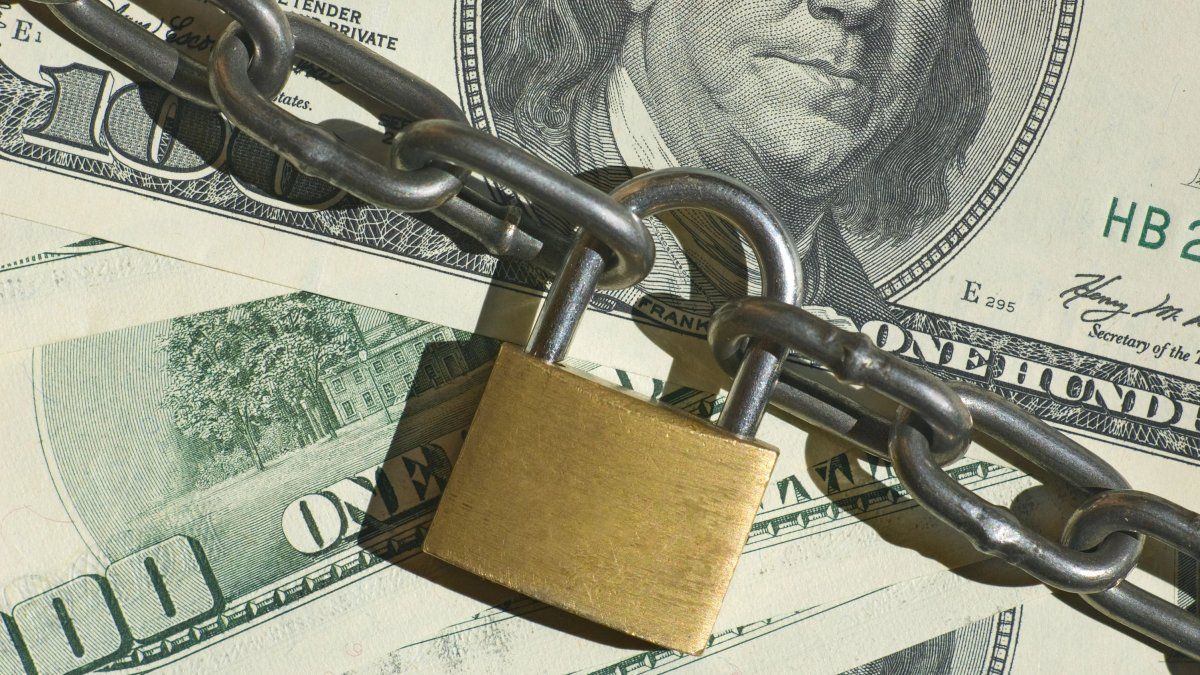Inflation in the United States rose 0.3% in expensiveized terms in June, according to the Department of Commerce. Interannual the data was 2.8%. The data is key to the Federal Reserve (FED) when it comes to making definitions on monetary policy, and it happens after yesterday decided to keep the interest rate unchanged.
The Commerce Department also said that the personal income figure rose an intermensual 0.3%, after a 0.4% decrease in May, according to the report.
In terms of prices, the underlying PCE index (which excludes unprocessed foods and energy) rose 0.3% in monthly terms in June.
In May the monthly underlying PCE index had shown an increase of 0.2%.
A reuters poll among analysts had planned that this figure would rise 0.3% in June.
The Commerce Department also said that the interannual figure of the underlying PCE rose 2.8%, after the May data was reviewed upwards, from 2.7%to 2.8%, according to the report.
Reuters’ survey pointed out that the underlying PCE would rise 2.7% in interannual terms in June.
The Fed maintained the rate despite Donald Trump’s pressures and did not rule out a deceleration of the economy
The United States Federal Reserve (Fed) kept interest rates without changes this Wednesday, just Six days after President Donald Trump again demanded cuts in the monetary policy defined by the North American Central Bank. Anyway, The decision of the North American Central Bank began to show fissures Within the Federal Committee of the Open Market of the Federal Reserve (FOMC), with the highest level of dissent in decades.
The suggestion of Trump to lower the rate from the Current range of 4.25% -4.50% to just 1% Do not be conditioned with the reality of the US economy, which is Far from the inflation target of 2% per year and a labor market that It still does not show clear signs of contraction.
“Although net exports fluctuations continue to affect the data, recent indicators suggest that the growth of economic activity was moderated in the first half of the year,” The monetary policy officers indicated in a statement issued after their meeting. Previously, the Fed had described growth as “solid.”
No market surprises
He World Bank consultant and chief director of TKA Analytica, Tamón Takahashi, explained to this media that The Fed maintained monetary policy “in part because the latest inflation data had come out a bit above what I was waiting for, but above all because of the fact that In recent days, commercial agreements have been reached, being the most outstanding European Union, together with China’s“
In this regard, he commented that There are going to be “inflationary pressures derived from the new commercial agreements”something to what “Fed will pay attention”.
In your latest report, Personal Investor Portfolio (PPI) He stated that the market assigned “practically 100% probability to the rank of rates remain unchanged.” In this regard, he said that it is “more interesting” to observe “the implicit probability of a cut in September: on Monday it was 64%, it rose to 68%after Jolts and today, after the good data of ADP and GDP, it retreated to 61%.”
Similarly, in Outlier It stressed that “Futures of rates are aligned” with the expectations of the Fed for both 2025 and 2026. “This is, they expect two 25 -point cuts in the remainder of the present (in September and in December) and two cuts more than 25 points throughout 2026,” they detailed.
Trump Powell.jpg Image created with artificial intelligence
The fissures within the Fed
The focus was put on two officials appointed by Trump in the Board of Governors of the Fed and that support a rate cut: the governor Christopher Waller and the supervision vice president Michelle Bowman.
They were precisely they Those who voted against the decision to maintain it, as detached from the statement that the Fed published on Wednesdayin a decision marked by the greatest internal dissent since 1993, according to Guardian Capital.
In line, from balance they signed that “It is the first time since the time of Alan Greenspan that two members of the monetary policy committee vote differentiated.”. Both voted to reduce it by 25 basic points because, “from their perspective, the impact of tariffs on inflation would be transitory.”
Trump’s pressures to Powell
Trumpwho campaigned promising to lower life costsrepeatedly insisted that inflation is not a risk and systematically criticized Powell For, in his vision, force the government to pay more to finance their deficits and raise the cost of mortgage rates.
The pressure seemed to culminate last week when the criticism of the administration to a renewal project of the Fed building They took the American president to visit the site to see it by itself. That visit seemed to reduce the risks of Trump to dismiss Powell for the project, although the demands for feature cuts are maintained.
In fact, this Wednesday, after knowing the positive data of the American GDP, the Head of State published in his networks: “GDP of the second recent trimester: 3%, Much better than expected! ‘Too late’. You have to lower the rate now! Without inflation! May people buy and refine their houses! “
While, Powell confirmed that he intends to serve as head of the FED until his mandate expires in May 2026.
Source: Ambito




